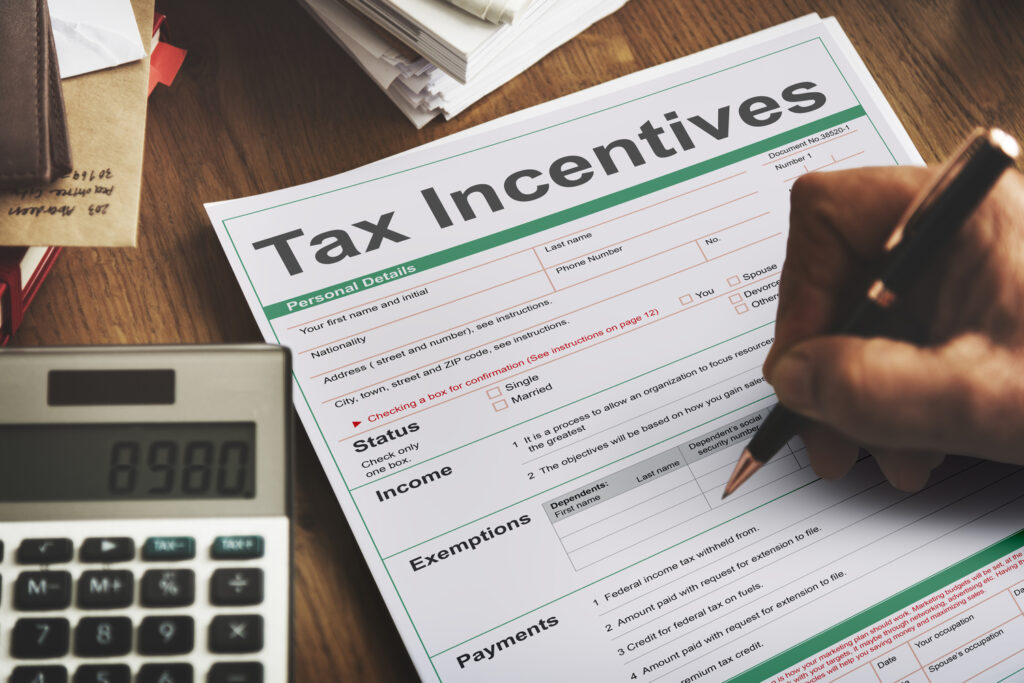Switching to solar power is one of the smartest investments homeowners and businesses can make today. Not only does solar energy reduce reliance on traditional electricity, but it also provides significant savings over time. A major reason for the rapid growth of solar adoption is the wide range of government incentives, tax credits, and rebates available across the globe. These financial benefits make solar solutions—including residential panels, commercial setups, and even specialized products like D2 Series Solar Lights—more affordable and accessible for everyone.
In this article, we’ll break down the different forms of solar incentives, how they work, and why acting now could maximize your savings.
Understanding Government Solar Incentives
Governments worldwide recognize the urgent need to reduce carbon emissions and transition to clean energy. To encourage adoption, they offer incentives that reduce the upfront cost of solar installations. These incentives can vary from one country to another, but they usually fall into three main categories:
-
Tax Credits – A dollar-for-dollar reduction in the amount of income tax owed by the homeowner or business that installs solar panels.
-
Rebates – A partial refund or discount given after purchase or installation, reducing the total cost of the system.
-
Grants and Subsidies – Direct financial support from local or federal governments, often aimed at large-scale or community solar projects.
Federal and State Tax Credits
In many regions, the most significant incentive comes in the form of federal tax credits. For instance, in the United States, the federal Investment Tax Credit (ITC) allows homeowners and businesses to deduct a percentage of their solar installation costs from their federal taxes. This percentage has fluctuated over time but remains a major driver of solar growth.
State-level tax credits also exist and can be stacked with federal benefits, providing even greater savings. By combining these incentives, the payback period for solar investments can be shortened dramatically. Whether it’s rooftop panels or advanced options such as D2 Series Solar Street Lights, these credits ensure that clean energy is not just sustainable but also cost-effective.
Local Rebates and Utility Incentives
Apart from tax credits, many local governments and utility companies offer rebates for installing solar panels or solar-powered lighting systems. These rebates function like cashback rewards—you pay the upfront cost, submit proof of installation, and then receive a rebate check.
Some utilities also run net metering programs, where homeowners can sell excess electricity generated by their solar panels back to the grid. This not only offsets the electricity bill but can sometimes even generate additional income for the household.
Why Timing Matters for Solar Incentives
Government policies and incentives often come with expiration dates or phased reductions. For example, tax credits may gradually decrease over time as solar technology becomes more mainstream. That’s why it’s crucial to act quickly and take advantage of the current programs before they expire or reduce in value.
Additionally, as global energy prices continue to rise, the financial savings from solar power only increase. Combining these savings with incentives makes products like high-efficiency solar panels and D2 Series Solar Lights an even smarter choice for homeowners and businesses.
Solar Incentives for Businesses
Businesses stand to gain significantly from solar incentives, especially when upgrading to sustainable lighting and energy systems. The ability to write off installation costs, claim depreciation benefits, and secure state-specific rebates can dramatically reduce operating expenses.
For example, a business upgrading its outdoor infrastructure with solar-powered lighting solutions such as D2 Series Solar Street Lights may not only benefit from reduced energy costs but also from federal or state grants supporting sustainable business practices.
By going solar, businesses can also demonstrate corporate responsibility, attract eco-conscious customers, and strengthen their brand reputation.
Long-Term Benefits Beyond Incentives
While the immediate financial incentives are attractive, the long-term value of solar should not be overlooked. Solar panels and solar-powered products can last 20–25 years with minimal maintenance. Over this period, the savings on electricity costs far outweigh the initial investment.
Moreover, government incentives help speed up the break-even point, meaning homeowners and businesses start enjoying pure savings much sooner. As a bonus, installing solar also increases property value, making it an investment that pays off in multiple ways.
Conclusion
Government incentives, tax credits, and rebates make solar power one of the most financially rewarding decisions for homeowners and businesses alike. From cutting upfront installation costs to providing long-term energy savings, these programs ensure solar adoption is within reach for everyone.
Whether you are looking to power your home with solar panels or upgrade your property with advanced solutions like D2 Series Solar Lights and D2 Series Solar Street Lights, now is the time to act. With incentives in place and energy costs on the rise, embracing solar today guarantees a brighter and more cost-efficient tomorrow.





